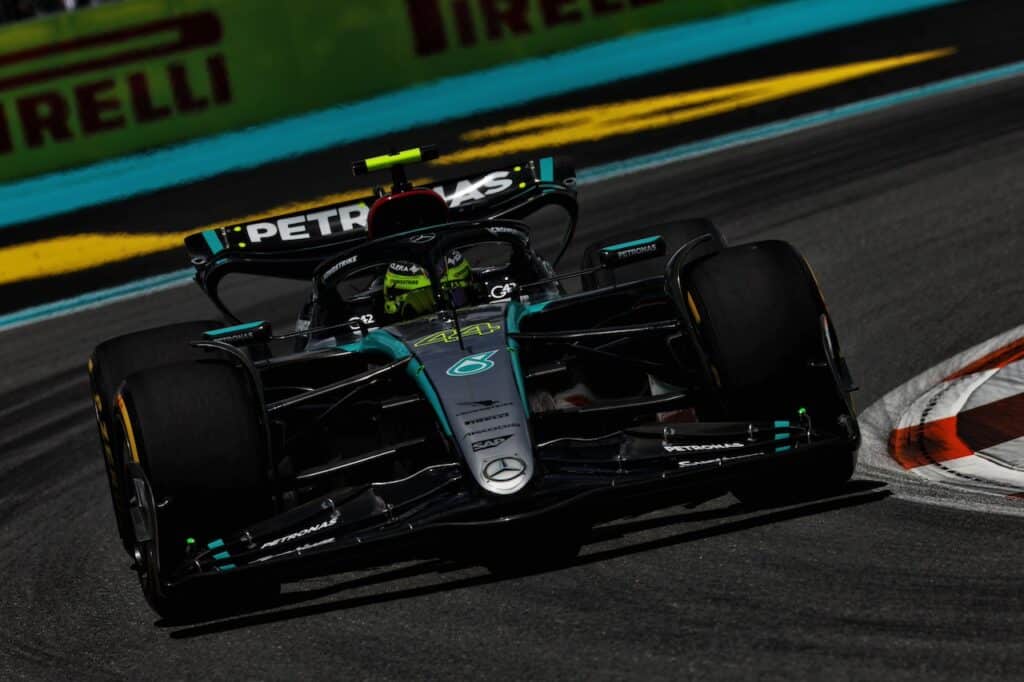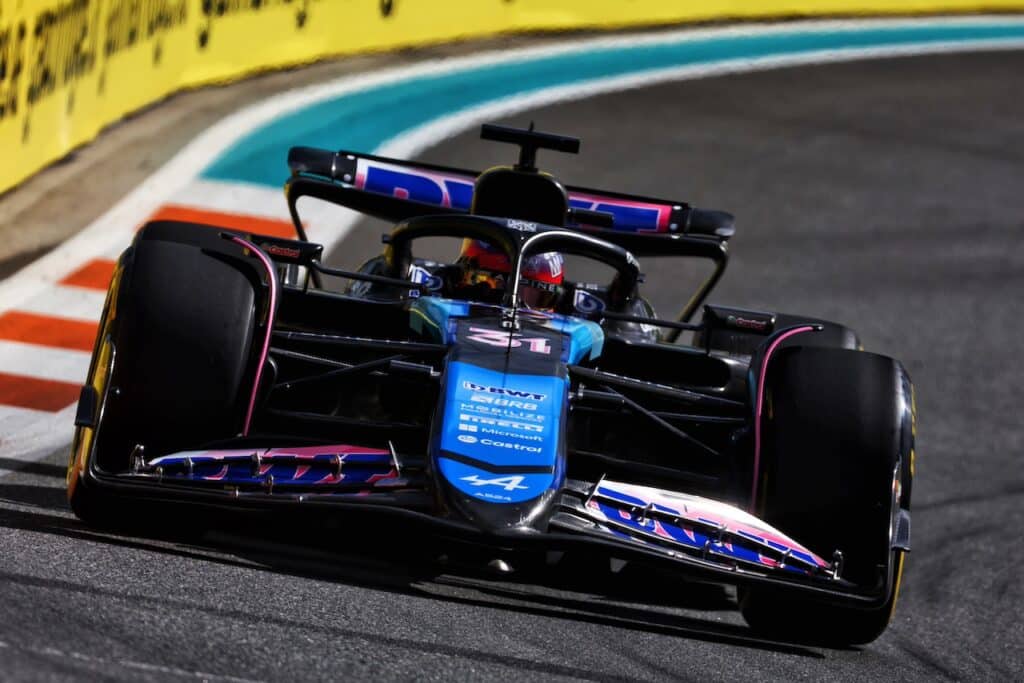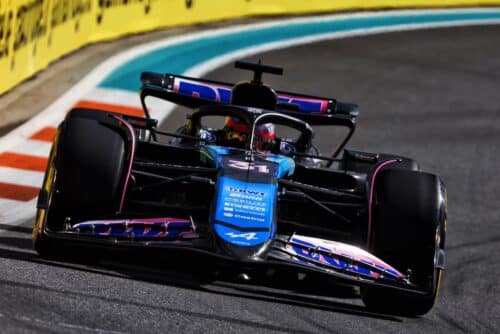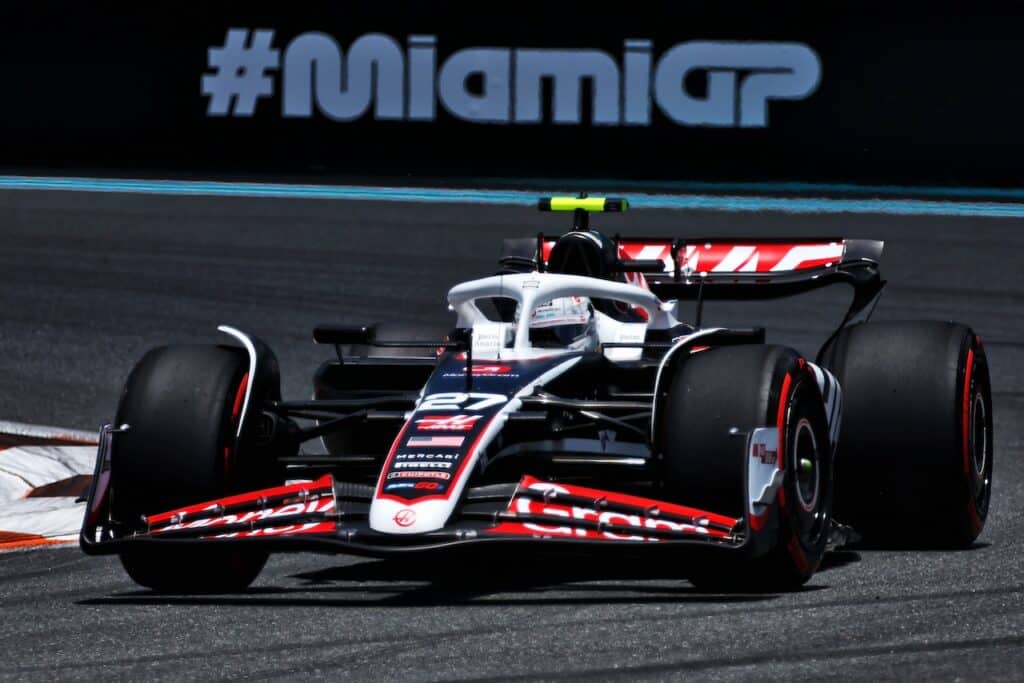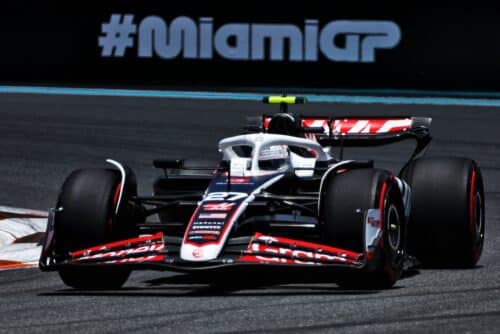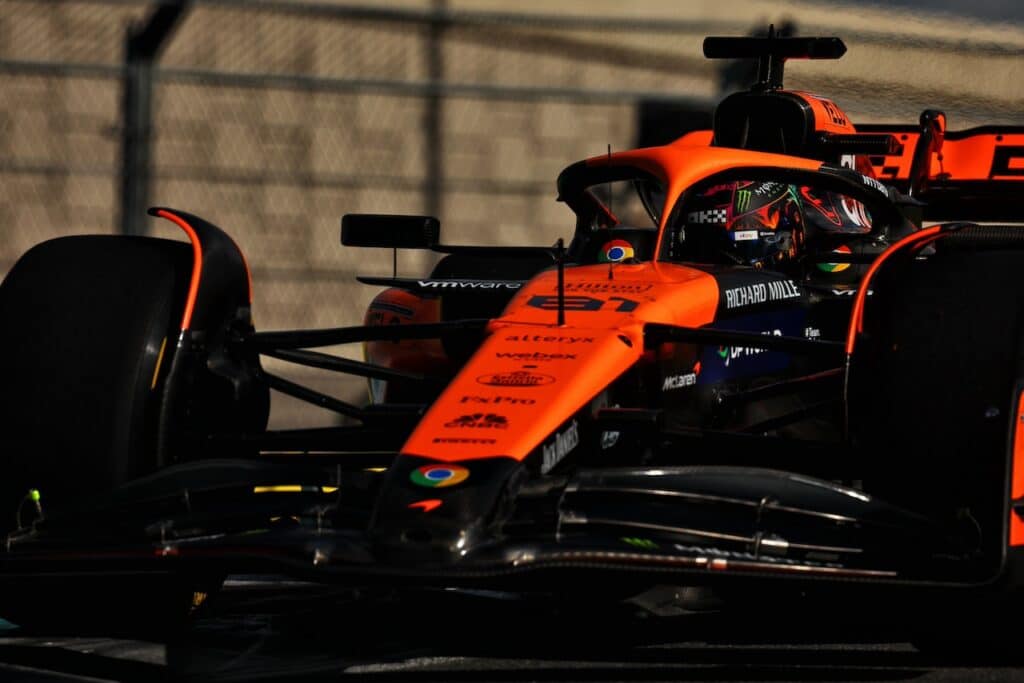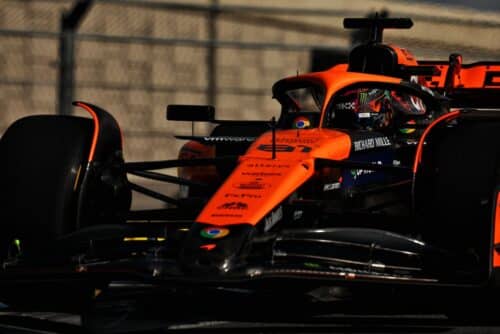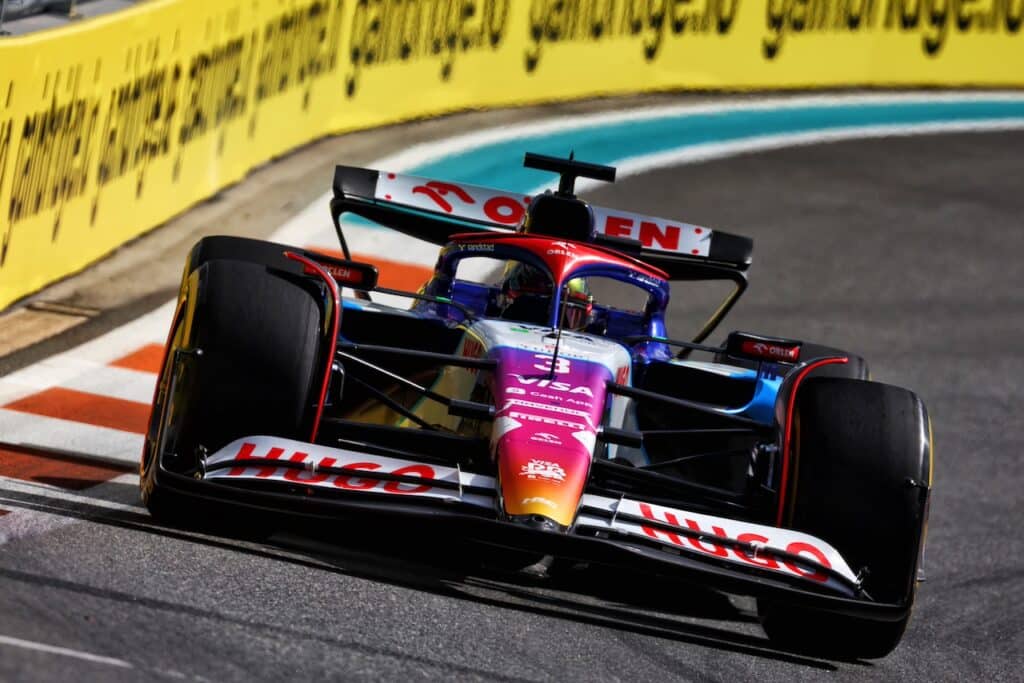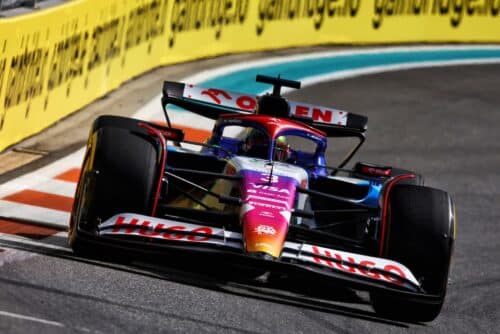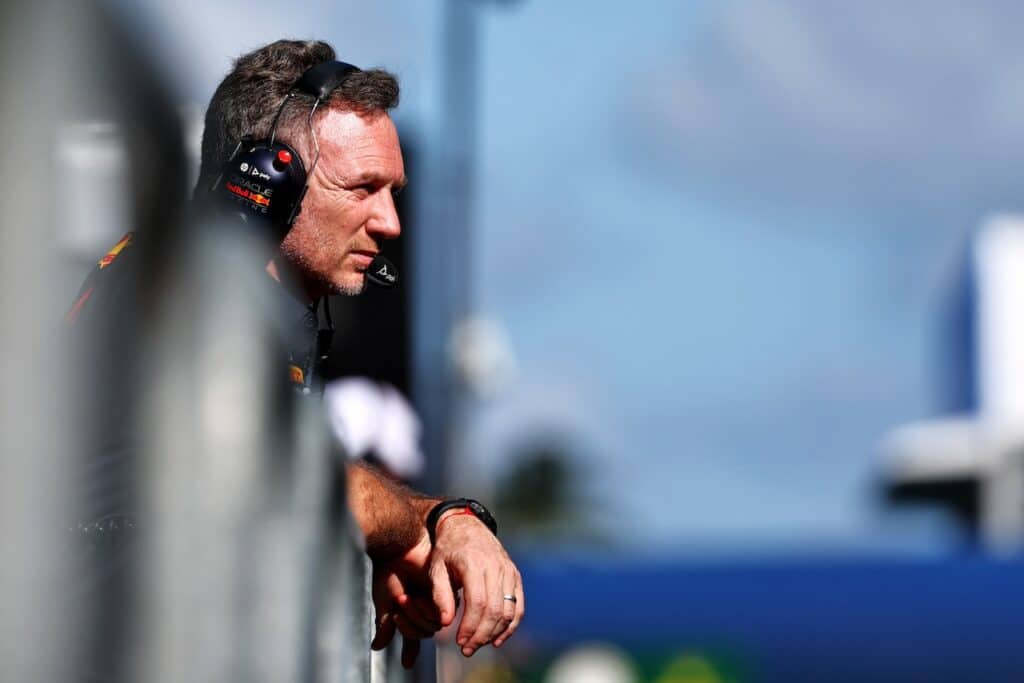The Melbourne circuit from a tire point of view
3D animated video

The Melbourne circuit, which has hosted the Australian Grand Prix since 1996, has low grip and is quite slippery. This increases skidding and, consequently, tire degradation.
Braking is another important element in Melbourne. There are braking areas where the deceleration force reaches 5g. This can lead to wheel locking, which in turn causes uneven tire wear.
This year there is a new electronic braking management system that adjusts the braking pressure supplied to the rear wheels to compensate for the effects of the new energy harvesting systems. This also has a certain effect on the rear tires.
There are 9 full acceleration areas on the circuit, where the cars try to put all their power to the ground (around 760 horsepower). This often causes more skidding and, consequently, more degradation.
Downforce has been reduced this year, which has an effect on the tyres. More slipping can cause uneven wear and more graining – although, as observed during pre-season testing, graining was reduced and the blistering effect disappeared, despite this load reduction.
The left rear tire is particularly stressed on this circuit, which has 10 right-hand corners and 6 left-hand corners. The longitudinal forces on the tires are more significant than the lateral forces.
Last year, Kimi Raikkonen won the race starting from seventh on the grid using a 2-stop strategy: he started on the supersoft tires and then completed the final 2 stints on the mediums.
if you want to always be updated on our news
Follow us here


